The difference between "docker volume" and mount is: "docker volume" is declarative, "Docker Engine" itself will occupy a certain directory in the system, and Docker will allocate the volume under the occupied path by default. A path; mounting will not occupy a path as a mount point.

The operating environment of this tutorial: linux7.3 system, docker-1.13.1 version, Dell G3 computer.
What is the difference between docker volume and mount
For a long time, when multiple containers need to share access to the same data directory, or when data in the container needs to be persisted (such as a database), we They all use the form of mounting directories (bind mounts) to mount a directory on the host to a specified directory in the container. This method can solve the problem, but this method always has some shortcomings:
- Containers deployed on different servers need to modify the path according to the actual disk mounting directory
- The file and directory permissions of different operating systems will make you confused and angry?
These problems can be solved using Volume. Let's first compare bind mounts and docker volume, and then see how volume solves the problem of bind mounts. Let’s look at a picture first:

This picture shows that bind mount and volume actually use the host’s file system , the difference is that volume is a subdirectory in the directory managed by docker itself, so there is no mounting problem caused by permissions, and the directory path is managed by docker itself, so there is no need to specify different paths on different servers. , you don’t need to care about the path (actually not all of them, we will care about it below?). Next, let’s take a look at the different uses of bind mount and volume.
1. When deploying containers on different servers, you need to modify the path according to the actual disk mounting directory
For example:
In Linux systems, we often Use "/var/someDir" as the mounting directory;
However, on Mac, /var/ is not a real directory. Mac users will tell you that we are more advanced than Linux and we do not use /var/ , users don’t need it;
In Windows systems, Windows users will ask you: What is /var/? C drive and D drive are the most reasonable divisions~~


2. The file and directory permissions of different operating systems will make you confused and angry?
Originally, the test in the Linux system was quite good, but as a result, various problems with the mounting path on Windows were encountered. I will not go into details here. If you have not encountered these problems, you can try it and experience it. But it's better in Mac, after all, it's the same as Linux.
In addition to the mounting method, there is also a Volume that can persist data in Docker. It’s a bit embarrassing to mention this. After using Docker for so long, I have always regarded mounting as a Volume. But don’t blame me. In the Docker-compose file There is no problem in writing the mapping relationship between the container and the host mount path in the volume section, but this has always been a misunderstanding. . (Fancy blame?)

In fact, "mounting" and "Docker Volume" are not the same thing. There is a certain difference. Docker Volume is declarative. Docker Engine itself will occupy a certain directory in the system, generally "/var/lib/docker" in Linux, and can be adjusted in both Mac and Windows. When we declare a volume, Docker will assign a path to the volume under the occupied path by default, for example:

relative to the mount, volume It is Docker Engine that allocates a path as a mount point in its own "site", and the permissions of its own site must be clearly arranged. Therefore, the above problems of mounting the host path are solved. ?
When using it, just use the volume name instead of the host path name. Assume that we created a volume named "test_vol" above:
- docker run -d -v "test_vol:/var/data" some_image, this will mount the /var/data directory in the container to the mount point of "test_vol";
- It’s similar in docker-compose, but the volume must be declared in the docker-compose.yaml file. Let’s modify the above example:

##Attention !!
- It should be noted that the volume will cause the docker directory to expand, because both the image and the volume need to be stored. It is best not to put it on the system disk. Configure the docker installation directory to another Larger mount disk.
- The two have a different behavior: when the corresponding directory outside the container is empty, volume will first copy the contents in the container to the directory outside the container, while mount will overwrite the external directory in the container's internal directory! !
- volume Another disadvantage of bind mount is that it cannot directly mount files, such as mounting the configuration file of the nginx container: nginx.conf.
docker video tutorial"
The above is the detailed content of What is the difference between docker volume and mount. For more information, please follow other related articles on the PHP Chinese website!
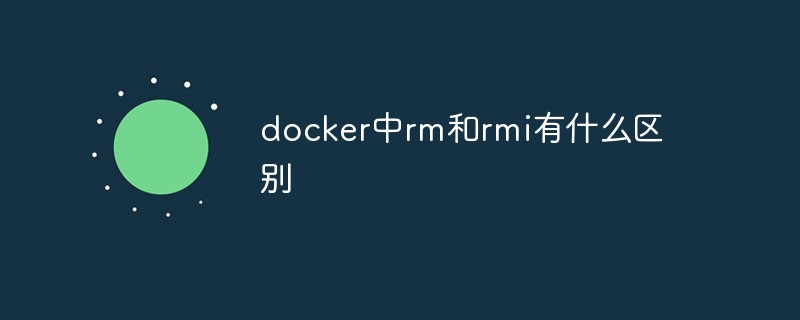 docker中rm和rmi有什么区别Jul 14, 2022 am 11:02 AM
docker中rm和rmi有什么区别Jul 14, 2022 am 11:02 AMdocker中rm和rmi的区别:rm命令用于删除一个或者多个容器,而rmi命令用于删除一个或者多个镜像;rm命令的语法为“docker rm [OPTIONS] CONTAINER [CONTAINER...]”,rmi命令的语法为“docker rmi [OPTIONS] IMAGE [IMAGE...]”。
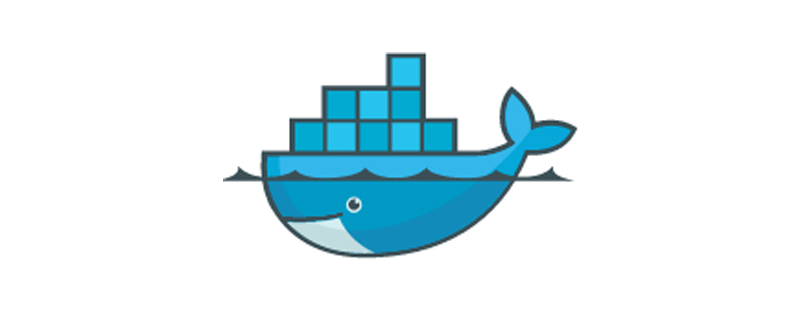 docker官方镜像有哪些May 12, 2022 pm 02:23 PM
docker官方镜像有哪些May 12, 2022 pm 02:23 PMdocker官方镜像有:1、nginx,一个高性能的HTTP和反向代理服务;2、alpine,一个面向安全应用的轻量级Linux发行版;3、busybox,一个集成了三百多个常用Linux命令和工具的软件;4、ubuntu;5、PHP等等。
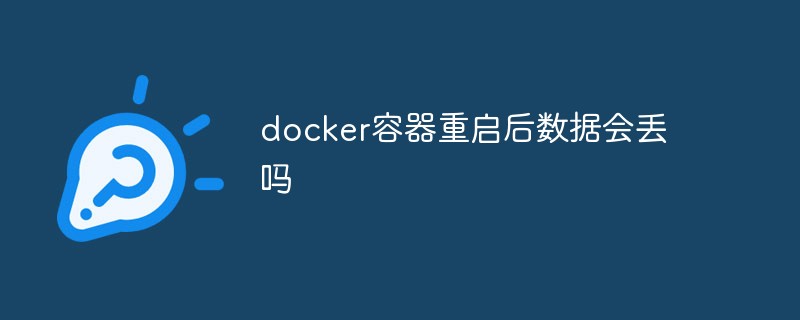 docker容器重启后数据会丢吗Jun 17, 2022 am 10:41 AM
docker容器重启后数据会丢吗Jun 17, 2022 am 10:41 AMdocker容器重启后数据会丢失的;但是可以利用volume或者“data container”来实现数据持久化,在容器关闭之后可以利用“-v”或者“–volumes-from”重新使用以前的数据,docker也可挂载宿主机磁盘目录,用来永久存储数据。
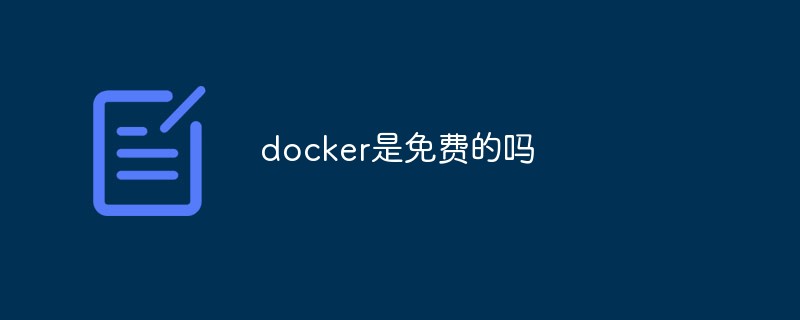 docker是免费的吗Jul 08, 2022 am 11:21 AM
docker是免费的吗Jul 08, 2022 am 11:21 AMdocker对于小型企业、个人、教育和非商业开源项目来说是免费的;2021年8月31日,docker宣布“Docker Desktop”将转变“Docker Personal”,将只免费提供给小型企业、个人、教育和非商业开源项目使用,对于其他用例则需要付费订阅。
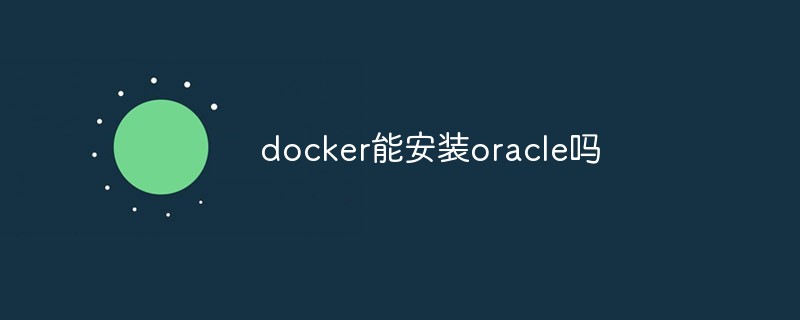 docker能安装oracle吗Jul 08, 2022 pm 04:07 PM
docker能安装oracle吗Jul 08, 2022 pm 04:07 PMdocker能安装oracle。安装方法:1、拉取Oracle官方镜像,可以利用“docker images”查看镜像;2、启动容器后利用“docker exec -it oracle11g bash”进入容器,并且编辑环境变量;3、利用“sqlplus /nolog”进入oracle命令行即可。
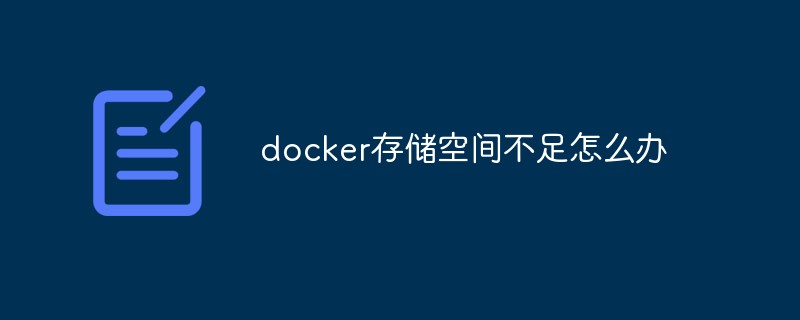 docker存储空间不足怎么办Jul 22, 2022 pm 03:44 PM
docker存储空间不足怎么办Jul 22, 2022 pm 03:44 PM解决方法:1、停止docker服务后,利用“rsync -avz /var/lib/docker 大磁盘目录/docker/lib/”将docker迁移到大容量磁盘中;2、编辑“/etc/docker/daemon.json”添加指定参数,将docker的目录迁移绑定;3、重载和重启docker服务即可。
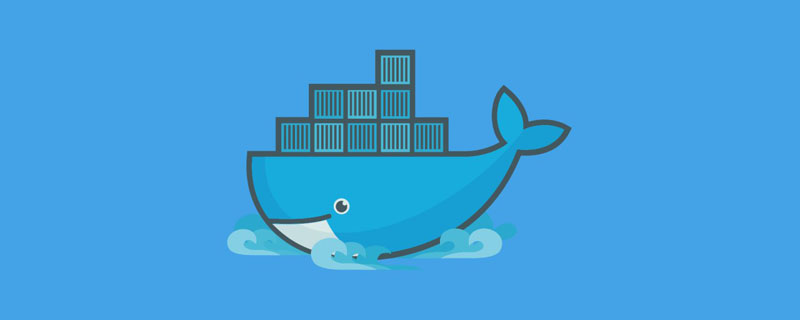 什么是docker最早支持的存储引擎May 12, 2022 pm 03:27 PM
什么是docker最早支持的存储引擎May 12, 2022 pm 03:27 PMAUFS是docker最早支持的存储引擎。AUFS是一种Union File System,是文件级的存储驱动,是Docker早期用的存储驱动,是Docker18.06版本之前,Ubuntu14.04版本前推荐的,支持xfs、ext4文件。
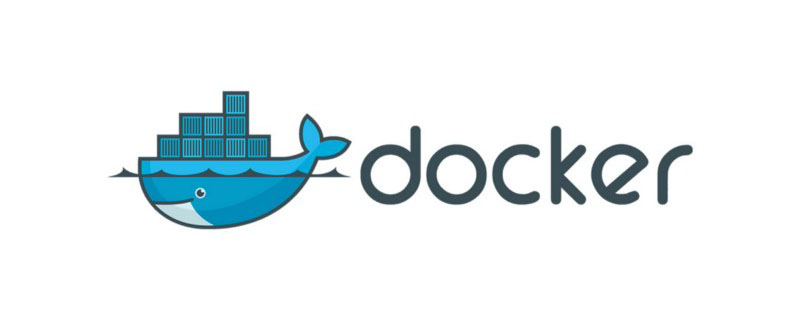 docker容器管理ui有哪些May 11, 2022 pm 03:39 PM
docker容器管理ui有哪些May 11, 2022 pm 03:39 PM容器管理ui工具有:1、Portainer,是一个轻量级的基于Web的Docker管理GUI;2、Kitematic,是一个GUI工具,可以更快速、更简单的运行容器;3、LazyDocker,基于终端的一个可视化查询工具;4、DockStation,一款桌面应用程序;5、Docker Desktop,能为Docker设置资源限制,比如内存,CPU,磁盘镜像大小;6、Docui。


Hot AI Tools

Undresser.AI Undress
AI-powered app for creating realistic nude photos

AI Clothes Remover
Online AI tool for removing clothes from photos.

Undress AI Tool
Undress images for free

Clothoff.io
AI clothes remover

AI Hentai Generator
Generate AI Hentai for free.

Hot Article

Hot Tools

MinGW - Minimalist GNU for Windows
This project is in the process of being migrated to osdn.net/projects/mingw, you can continue to follow us there. MinGW: A native Windows port of the GNU Compiler Collection (GCC), freely distributable import libraries and header files for building native Windows applications; includes extensions to the MSVC runtime to support C99 functionality. All MinGW software can run on 64-bit Windows platforms.

DVWA
Damn Vulnerable Web App (DVWA) is a PHP/MySQL web application that is very vulnerable. Its main goals are to be an aid for security professionals to test their skills and tools in a legal environment, to help web developers better understand the process of securing web applications, and to help teachers/students teach/learn in a classroom environment Web application security. The goal of DVWA is to practice some of the most common web vulnerabilities through a simple and straightforward interface, with varying degrees of difficulty. Please note that this software

Atom editor mac version download
The most popular open source editor

VSCode Windows 64-bit Download
A free and powerful IDE editor launched by Microsoft

Dreamweaver CS6
Visual web development tools







